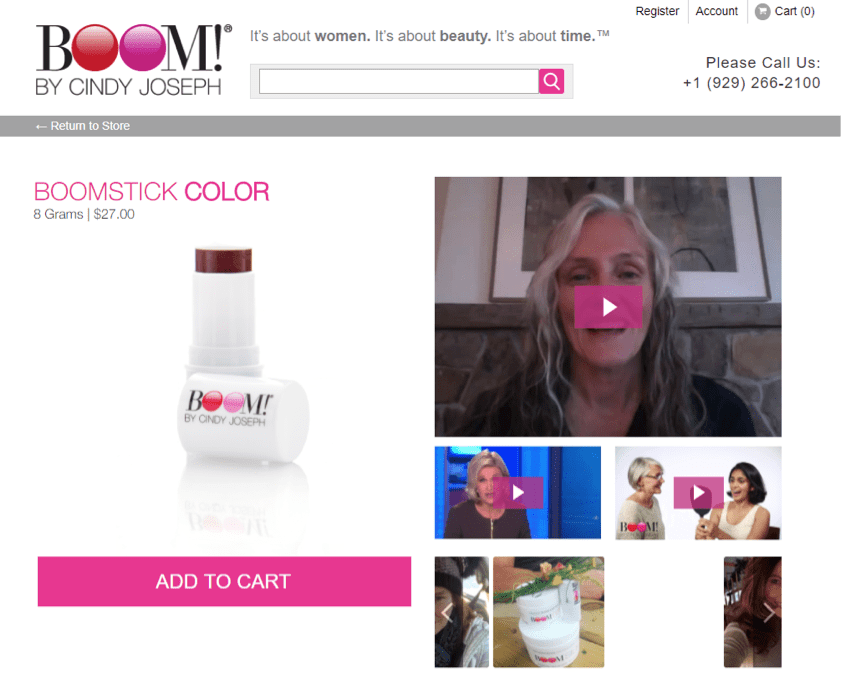By now, you should know that content is king. It drives conversions, increases traffic, and boosts your brand awareness. Whether it’s a long-form blog post on how to save money for your business, or a photo catalog of your product collection, content is king.
But crafting and creating good quality content takes time. Research, typing it up, editing the final draft — it can quickly eat into your valuable time. So more and more, savvy brands are using user-generated content as a vital part of their marketing strategy.
Essentially outsourcing your content to your community can save you time and stress, so you can focus on other things. But what exactly is UGC, and how do you go about integrating it into your strategy? Read on to find out…
What is UGC?
User-generated content is basically any form of content that has been made and provided by unpaid individuals, usually customers or fans of your brand. It can include blog posts, photos, videos, tweets: almost anything that comes from people outside of your brand.
Why should I use UGC?
Let’s crunch the numbers. Why should you be using UGC for your brand? Well for a start, 76% of social media users trust it more than branded content. And why not? It’s content that’s been made by their peers, rather than those with a vested interest in the business.
Add to that the fact that brand engagement goes up by a whopping 28% when consumers see a mix of UGC videos and brand content. And 93% of customers say that UGC informs their decision when they’re considering making a purchase.
The stats don’t lie: user-generated content is an MVP in the marketing world. And you can use it everywhere and anywhere your brand is, from your website to your social media feed. UGC might not be the holy grail your business needs, but it’s damn near it.
How can I use UGC for my strategy?
You’ve got the what, you’ve got the why: here comes the how.
Create your own product
This is a super popular means of leveraging UGC used by brands the world over, from Coca-Cola’s famous #ShareACoke campaign to Starbucks’ White Cup Contest. It’s simple: you get your customers to create, design and customize one of your products. The world is full of creative individuals just waiting for their fifteen minutes of fame — and your business can give it to them. They get their design recognized and embraced by a brand, and you get any number of likes, shares, tweets and tags, and that’s money in the bank as far as your image is concerned.
One brand that deserves a special mention is video game company Nintendo. In 2015, they launched the Super Mario Maker, where avid gamers from all over the world could create their own Super Mario levels to play. When the iconic franchise opened their doors to their fans they were overwhelmed with submissions, and people really got creative!
Show your product or service being used in the real world
Or, instead of getting your customers to design a new product, you can get them to show the world how they use your existing ones. Online furniture stores like Wayfair encourage their customers to show off their purchases with the #WayfairAtHome hashtag, sharing their photos on their social media feeds for all their fans to see.
And ASOS follows a similar direction, with their fashion-conscious fans showcasing their style with the #AsSeenOnMe hashtag. It’s free publicity that their customers love to share, and works a treat!

And be sure to like and comment when your customers use your hashtag or you tag you in a post. Use a social media management tool like Sprout Social to stay on top of your customer conversations and let them know they’re appreciated.
Show off your customers themselves
And it doesn’t need to necessarily be your own products that people are sharing. Why not reach out and find out about the customers themselves? They are your lifeblood after all, so show you appreciate them by getting them to give you insights into their own lives.
The social media management tool Buffer is killing this. Using the #BufferCommunity hashtag, they show off content from their worldwide user base ranging from concerts and wedding photos to just simple (but crazy cute) photos of their customers’ dogs!

Video reviews and testimonials
If your customers love your product, they want to tell people. Where in the past they would have just passed it on through word-of-mouth, the advent of the internet means they can do it online too. There are plenty of video reviews of products available on YouTube, so brands can easily incorporate it into their marketing strategy.
Head on over to skincare brand Boom by Cindy Joseph’s website, where they embed video reviews from real women on their product pages. This use of social proof is hugely effective, as it comes not from the brand itself, but from everyday shoppers who really believe in the product.

Video testimonials are easy to find, so why not integrate it into your email marketing strategy? Moosend for example lets you easily embed videos into your emails, so you can use real-world social proof of your product in your marketing strategy.
If you’re launching a product or want to bring in new leads, use testimonials from genuinely satisfied customers to encourage people to sign up or buy.
I said earlier that content is king, and that’s true. But if content is king, then user-generated content is queen. Your customers are your fans, and they love your product or service. They’re just aching to engage with your brand through photos, videos, blogs, and more — so let them!
This is a guest post from:


